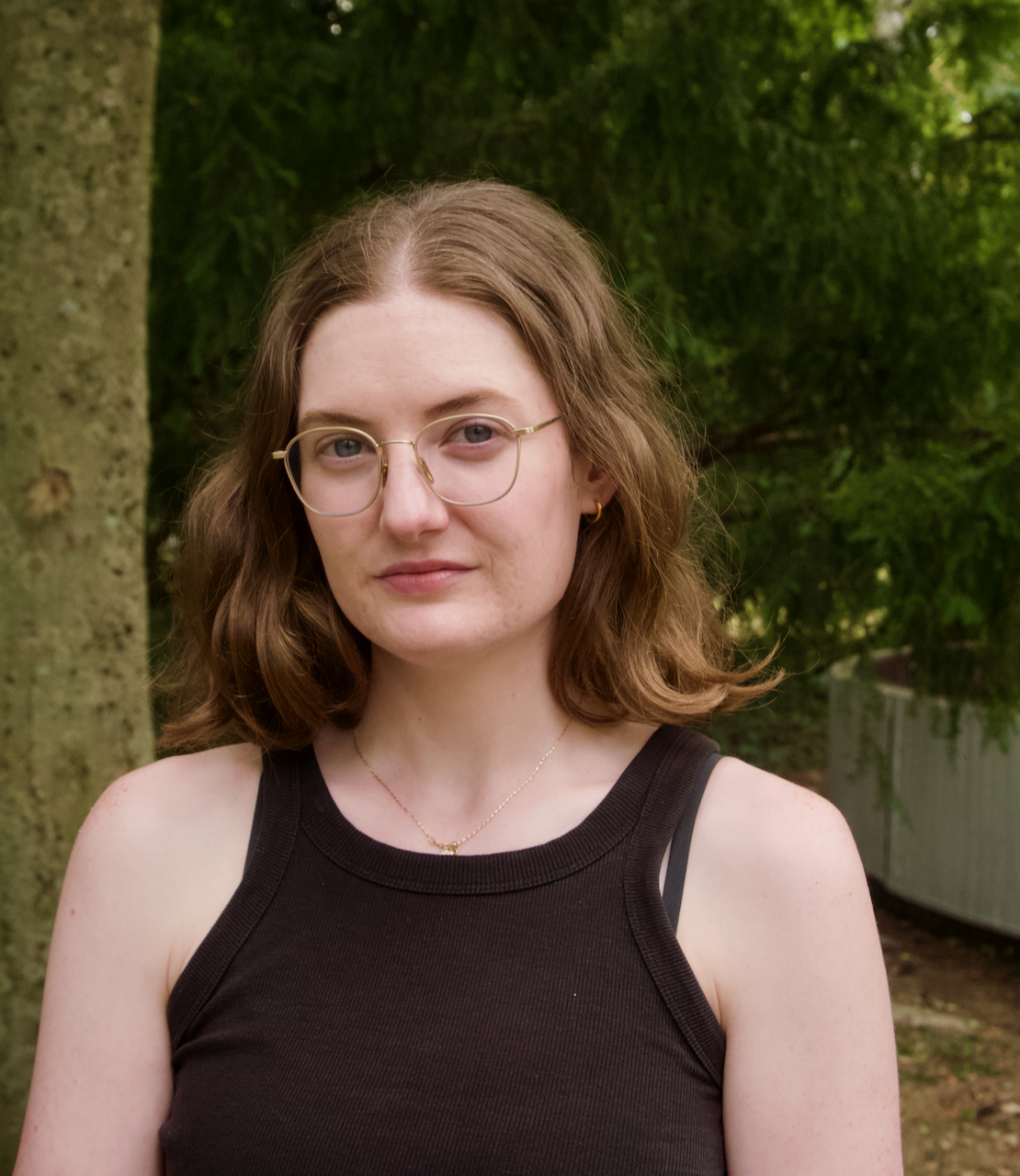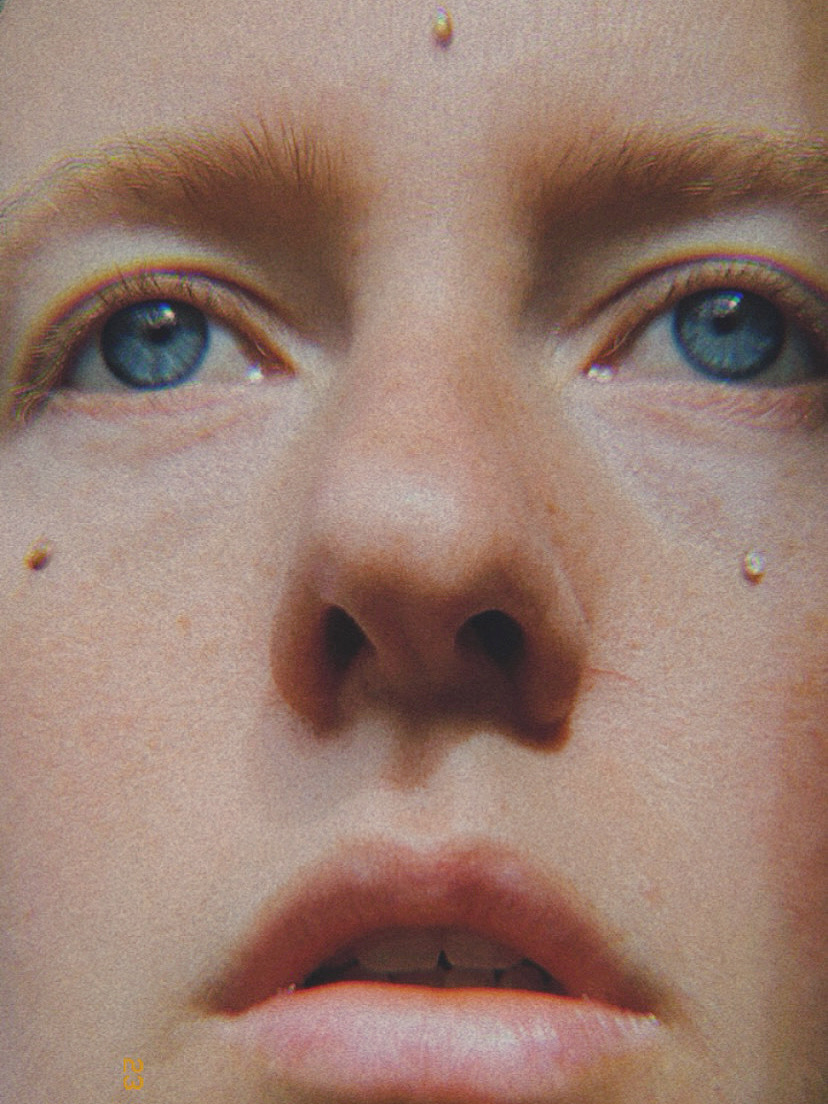HARVEST OF DREAMS: FIBRES OF RENEWAL
WDKA Product Design students explore regenerative futures at Dutch Design Week
What if the infrastructure of tomorrow - viaducts, roads, and locks - were built not from concrete and steel, but from crops grown on Dutch farmland? Under the title "HARVEST OF DREAMS: FIBRES OF RENEWAL," 25 third-year Product Design students from the Willem de Kooning Academy presented their research and design explorations at Dutch Design Week 2025.
In collaboration with Nieuw Zwanenburg, a regenerative design initiative based in Oirschot, students worked with miscanthus, a fibrous crop cultivated on local soil. Known for its ability to absorb CO₂, miscanthus served as both material and metaphor in this hands-on project. Through experimentation, material research, and conceptual design, students explored how design can grow from the ground up - literally.
This project marks a shift in design education: from sustainability to regeneration. Students were invited to see themselves as part of a living system, using design not only to solve problems but to restore balance. The master-apprentice principle came to life, as experienced makers and researchers shared their expertise with young designers, fostering intergenerational exchange rooted in trust and mutual growth.
The exhibition was on display at the Dutch Design Week in Eindhoven between October 18 and October 26, 2025. You can see more of the exposition via Instagram, and read more about three highlighted works below.
Simon Stopper - Fishing for Nitrogen
Simon’s poetic installation, Fishing for Nitrogen, imagines a future where miscanthus-derived charcoal is used to filter polluted water. His fishing rods, made from miscanthus, symbolize a circular system where pollution is not only removed but repurposed.
“I envisioned a fisherman using charcoal as bait to fish out pollution from the water. Once caught, the nitrogen can be reused as fertilizer,” Simon explains. “The Miscanthus Fisherman poem helps communicate the cycle in a simple, engaging way.”
His work blends metaphor with material science, showing how storytelling can make complex ecological systems tangible.
Lotte Nagelkerken - Verbrand
Lotte created a vibrant glaze using ash from the miscanthus plant, transforming it into a colorful ceramic narrative titled Verbrand. Her project celebrates the richness of the farm environment beyond the crop itself.
“I was surprised it worked at all,” she says. “I had experience making glazes from natural materials, but this was a new challenge. I’d love to continue combining other elements from the farm into future glazes.”
Her work reflects a deep appreciation for place, material, and process by turning soil and story into surface.
Dylan Cometa van Wingerden - Unpapered Form
Dylan experimented with miscanthus pulp to create molded forms resembling egg holders. His project explores the potential of miscanthus as a paper-like composite material, shaped through trial and error.
“I started with the idea of making a strong composite, but paper turned out to be the most realistic,” Dylan shares. “Eventually, I moved toward 3D forms that relate to the agricultural setting of Nieuw Zwanenburg.”
His collaborative process with exchange student Marie Marg added depth to the project, blending contemporary design with eco-conscious experimentation.
Designing Futures from the Ground Up
Fibres of Renewal is more than an exhibition: it’s a living lab for regenerative design. By working with miscanthus and the philosophy of Nieuw Zwanenburg, WDKA students are cultivating new possibilities for a future where design is rooted in ecology and collaboration.


